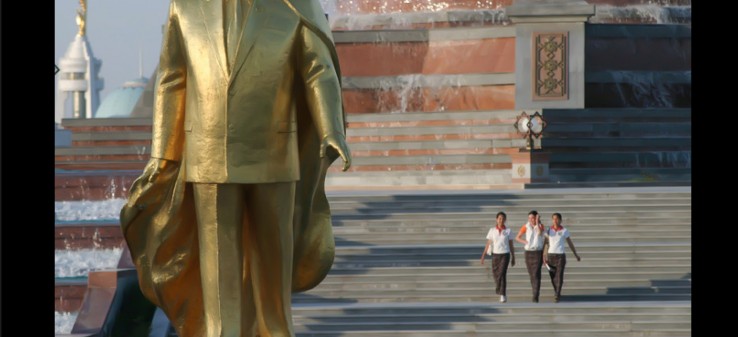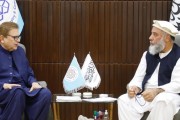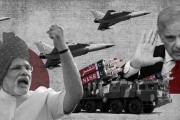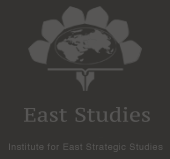Publish Date
Tuesday 10 November 2020 - 13:15
recommended
0
Understanding Turkmenistan’s society and politics
Turkmenistan’s society is based on tribal structures. The Teke, Yamut, Ersari, Ali-Eli, and Saryk are among the tribes that, regarding their population, historical settlement, and political power, play a certain role in Turkmenistan’s society and politics. The status of each tribe and its elites within the political structure of the country would also be determined by principals of the same tribalism.
Turkmenistan’s society is based on tribal structures. The Teke, Yamut, Ersari, Ali-Eli, and Saryk are among the tribes that, regarding their population, historical settlement, and political power, play a certain role in Turkmenistan’s society and politics. The status of each tribe and its elites within the political structure of the country would also be determined by principals of the same tribalism.
Therefore, recognition of the social foundations of the political system in Turkmenistan can help Iran’s foreign policy apparatus towards better interactions with Ashgabat.
This study was conducted through direct reference to the Turkmen texts (with Persian-Arabic, Cyrillic and Latin alphabets), which would be useful to bolster the native aspects of the research.
Moreover, given the relative richness of the Istanbul Turkish studies conducted about the history, society and culture of Turkmenistan, these sources have also been used by the author.
Turkmenistan’s literature (classical, contemporary, and folklore) has been another source for this research. This could be helpful because it provides raw data and blends them with different aspects of Turkmenistan’s culture and society.
In the first chapter of this research, the tribal social structure of Turkmenistan is Described. the structure of political power in Turkmenistan and its distinctive features are discussed in the second chapter. The third chapter focuses on the relationship between the society and politics in Turkmenistan and seeks to explain the connection between tribal social foundations and the political power structure in this country.
In the last chapter, the challenges and opportunities of the Iran-Turkmenistan relationship are examined and a conclusion is presented.
Therefore, recognition of the social foundations of the political system in Turkmenistan can help Iran’s foreign policy apparatus towards better interactions with Ashgabat.
This study was conducted through direct reference to the Turkmen texts (with Persian-Arabic, Cyrillic and Latin alphabets), which would be useful to bolster the native aspects of the research.
Moreover, given the relative richness of the Istanbul Turkish studies conducted about the history, society and culture of Turkmenistan, these sources have also been used by the author.
Turkmenistan’s literature (classical, contemporary, and folklore) has been another source for this research. This could be helpful because it provides raw data and blends them with different aspects of Turkmenistan’s culture and society.
In the first chapter of this research, the tribal social structure of Turkmenistan is Described. the structure of political power in Turkmenistan and its distinctive features are discussed in the second chapter. The third chapter focuses on the relationship between the society and politics in Turkmenistan and seeks to explain the connection between tribal social foundations and the political power structure in this country.
In the last chapter, the challenges and opportunities of the Iran-Turkmenistan relationship are examined and a conclusion is presented.
News code:2440














